Home>Articles>How Should Firefighters Space Themselves When Advancing An Uncharged Line Up A Ladder
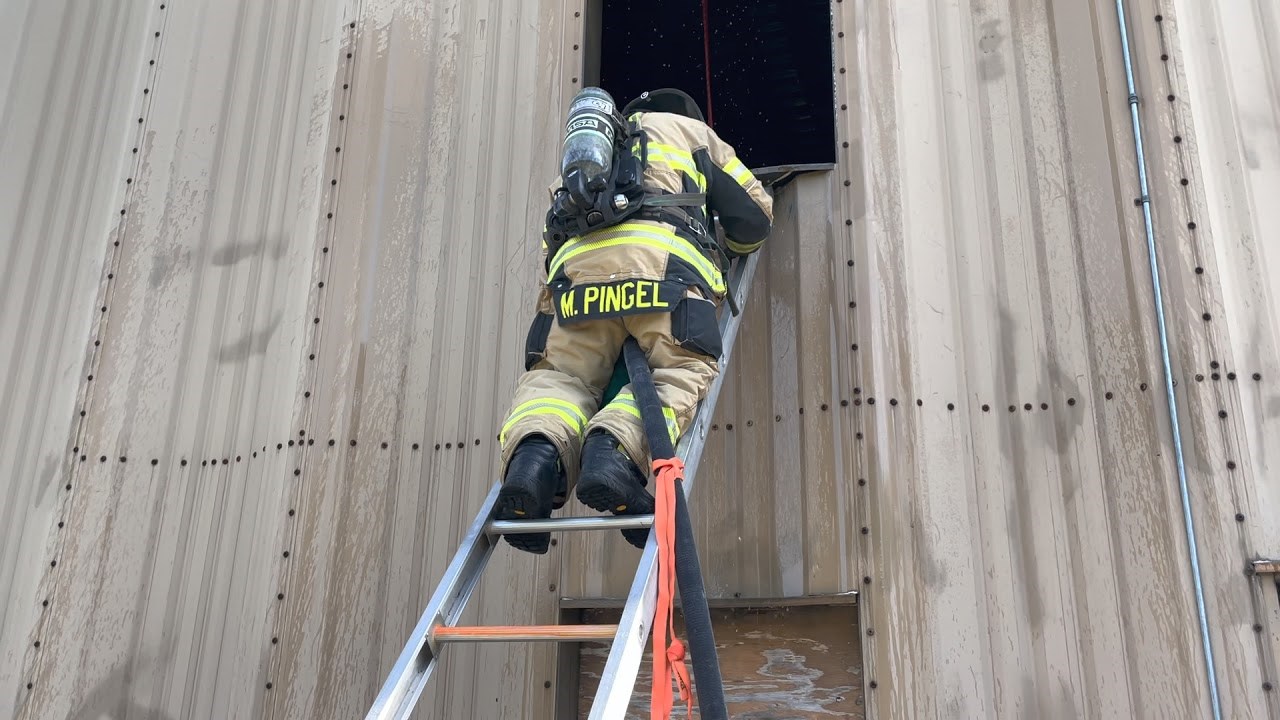

Articles
How Should Firefighters Space Themselves When Advancing An Uncharged Line Up A Ladder
Modified: August 31, 2024
Discover expert advice on articles for firefighters, including tips on proper spacing while advancing an uncharged line up a ladder. Enhance your knowledge and skills today!
(Many of the links in this article redirect to a specific reviewed product. Your purchase of these products through affiliate links helps to generate commission for Storables.com, at no extra cost. Learn more)
Introduction
In the high-intensity and high-stakes world of firefighting, every action and decision can mean the difference between life and death. One critical aspect that firefighters must consider when advancing an uncharged line up a ladder is the spacing between themselves. Proper spacing is crucial to ensure the safety and efficiency of the operation.
When firefighters ascend a ladder to tackle a fire in an elevated location, such as a building or a tall structure, they rely heavily on teamwork and coordination. Maintaining an appropriate distance between each team member is essential to prevent accidents, optimize maneuverability, and enhance overall effectiveness in combating the blaze.
In this article, we will explore the importance of properly spacing firefighters when advancing an uncharged line up a ladder. We will examine the various factors to consider, recommended techniques, the advantages of proper spacing, challenges and considerations, as well as training and drill recommendations to ensure the safety and success of ladder ascension operations.
By understanding and implementing the best practices for spacing firefighters on ladder ascension, fire departments can enhance their operational tactics and increase the safety of their personnel during these critical firefighting scenarios.
Key Takeaways:
- Proper spacing between firefighters during ladder ascension is crucial for safety, maneuverability, and teamwork. It minimizes entanglement, enhances visibility, and optimizes the use of equipment, contributing to effective firefighting operations.
- Fire departments should implement training and drills focused on spacing protocols, technique demonstrations, and simulation exercises. Continuous training and reinforcement are essential to ensure firefighters are well-prepared to maintain proper spacing during ladder ascension.
Importance of Proper Spacing on Ladder Ascension
When firefighters ascend a ladder with an uncharged line, they navigate through a potentially hazardous environment. The spacing between each firefighter plays a crucial role in ensuring their safety and the success of the operation. Here are some key reasons why proper spacing is of utmost importance:
- Preventing entanglement: Ladders can be narrow, and the presence of multiple firefighters in close proximity increases the risk of entanglement. Proper spacing allows each firefighter to have enough room to move, reducing the chances of entangling hoses, equipment, or themselves.
- Optimizing maneuverability: In the event of an unexpected obstacle or sudden change in the firefighting approach, firefighters need to be able to maneuver quickly and efficiently. Adequate spacing ensures that each firefighter has the freedom to adjust their position or react to any unforeseen circumstances without hindering their teammates.
- Enhancing visibility and communication: Firefighters rely heavily on effective communication and visual cues during ladder ascension. Maintaining proper spacing allows for clear visibility of the surroundings, ensuring that each firefighter can see and hear their teammates and communicate effectively throughout the operation.
- Minimizing the risk of injuries: Firefighting operations inherently involve various risks and hazards. When ascending a ladder, a fall or accident can have serious consequences. By spacing firefighters appropriately, they can avoid colliding with each other, reducing the risk of injuries and maintaining a safe working environment.
- Maximizing operational efficiency: Proper spacing enables firefighters to work harmoniously as a team, avoiding unnecessary delays and allowing for a smooth and coordinated ascent. This efficient teamwork enhances the overall effectiveness of the firefighting operation, enabling them to tackle the fire more effectively and efficiently.
By recognizing the importance of proper spacing on ladder ascension, firefighting teams can prioritize safety, minimize risks, and optimize their approach to extinguishing fires in elevated locations.
Factors to Consider When Spacing Firefighters
Spacing firefighters properly on ladder ascension requires careful consideration of various factors. The following are key considerations that fire departments should take into account:
- Ladder type and size: Different ladders have varying dimensions and weight capacities. The type and size of the ladder being used will influence the amount of space available for firefighters to position themselves. It’s important to ensure that the ladder chosen for the operation can accommodate the required number of firefighters with adequate spacing.
- Team size: The number of firefighters involved in the ladder ascension operation will impact the spacing between team members. A larger team may require more spacing to ensure each firefighter has enough room to move comfortably. Conversely, a smaller team may have less space available but still needs to maintain proper spacing.
- Fire conditions and severity: The severity and nature of the fire can influence the spacing between firefighters. In situations where the fire is intense or spreading rapidly, it may be necessary to increase the spacing to allow for quicker retreat or adaptation to changing conditions.
- Equipment and gear: Firefighters carry essential equipment and gear, such as hoses, axes, and protective clothing, which can limit their mobility. Taking into account the size and bulkiness of the equipment is crucial when determining the appropriate spacing between firefighters to prevent entanglement and ensure ease of movement.
- Physical abilities and limitations: Each firefighter has unique physical abilities and limitations. Considerations should be made for factors such as height, strength, agility, and any physical restrictions that may impact their ability to navigate the ladder. Adjusting the spacing accordingly can help accommodate different physical capabilities.
- Training and experience: The level of training and experience of the firefighters must be considered when determining spacing. More experienced firefighters may require less spacing due to their familiarity with ladder ascension techniques. Less experienced firefighters, on the other hand, may need additional spacing to allow for learning, adjustment, and slower movements.
- Communication and coordination: Effective communication and coordination between firefighters are vital during ladder ascension. Proper spacing allows for clear communication and visual signals, minimizing the chances of miscommunication or missed cues that could compromise the operation. Ensuring enough space between firefighters facilitates efficient coordination and teamwork.
- Familiarity with teammates: The familiarity and trust between firefighters also contribute to effective spacing. Firefighters who have worked together frequently are more accustomed to each other’s movements and actions, allowing for tighter spacing without sacrificing safety. Conversely, when firefighters are unfamiliar with their teammates, slightly wider spacing may be necessary to account for any potential communication gaps or uncertainties.
By considering these factors, fire departments can determine the optimal spacing between firefighters during ladder ascension, promoting safety, efficiency, and effective communication among team members.
Recommended Spacing Techniques
Ensuring proper spacing between firefighters during ladder ascension requires implementing appropriate techniques. The following are some recommended spacing techniques that fire departments can adopt:
- Equal spacing: One of the simplest and most effective techniques is to maintain equal spacing between firefighters on the ladder. This can be achieved by visually dividing the ladder into equal sections and assigning each firefighter to a specific section. This technique ensures that each firefighter has enough space and avoids clustering on the ladder.
- Safety line technique: Another spacing technique involves the use of a safety line. Firefighters can attach themselves to a safety line using a harness or a safety rope, with each firefighter positioned at a designated interval along the line. This technique allows for consistent spacing and provides an additional safety measure in case of a fall or a sudden movement on the ladder.
- Staggered positioning: Staggering the positioning of firefighters on the ladder can be beneficial in terms of optimizing visibility and minimizing the risk of entanglement. This technique involves positioning firefighters at slightly offset intervals, with one firefighter slightly ahead and to the left or right of the firefighter below. Staggered spacing helps ensure that each firefighter has clear sightlines and avoids coming into direct contact with their teammates.
- Adjustable spacing: Depending on the specific circumstances, it may be necessary to adjust the spacing between firefighters dynamically. Firefighters should be prepared to adapt their spacing based on factors such as changes in fire conditions, obstacles on the ladder, or the need for additional equipment. Being able to quickly and efficiently adjust spacing during ladder ascension can enhance flexibility and ensure optimal positioning.
- Clear communication protocols: Clear communication protocols are vital for maintaining proper spacing. Firefighters should establish and adhere to communication signals or phrases that indicate the need for spacing adjustments. Examples can include using hand signals, radio commands, or specific phrases to indicate when a firefighter should widen their spacing or move to a new position on the ladder.
- Constant awareness and monitoring: Firefighters should maintain constant awareness of their surroundings and the spacing between themselves and their teammates. Regularly monitoring the spacing ensures that it remains consistent and allows for quick adjustments if needed. Firefighters should also be vigilant in identifying and addressing any potential entanglement hazards to maintain safe spacing throughout the operation.
By implementing these recommended spacing techniques, fire departments can promote safety, optimize maneuverability, and enhance coordination and communication among firefighters during ladder ascension operations.
When advancing an uncharged line up a ladder, firefighters should space themselves at least one rung apart to maintain balance and prevent overcrowding. This allows for better control of the hose and ensures safety for all team members.
Advantages of Proper Spacing on Ladder Ascension
Maintaining proper spacing between firefighters during ladder ascension offers numerous advantages that contribute to the overall success and safety of the operation. Here are some key advantages of implementing proper spacing:
- Enhanced safety: Proper spacing reduces the risk of entanglement and collisions between firefighters on the ladder. By maintaining adequate distance, firefighters can move with more freedom and minimize the chances of accidents or injuries caused by tripping or inadvertently striking each other.
- Improved maneuverability: With proper spacing, firefighters have sufficient room to maneuver, adjust their position, and respond to changes in fire conditions or rescue situations. This enhanced maneuverability allows for smoother and more efficient ladder ascension, ensuring that firefighters can navigate obstacles, reach desired locations, and perform their tasks effectively.
- Optimized coordination and teamwork: Proper spacing facilitates clear communication and visual signals between firefighters on the ladder. It improves coordination, enabling firefighters to work together seamlessly and efficiently. With good spacing, firefighters can easily see and hear their teammates, follow instructions, and perform synchronized actions, maximizing the effectiveness of their efforts.
- Clear visibility: Maintaining proper spacing on the ladder ensures clear visibility for each firefighter. This visibility is crucial in assessing the fire conditions, identifying potential hazards, and communicating with other team members. Unobstructed views allow firefighters to make accurate decisions and react promptly to any changes in the situation.
- Effective use of equipment: Proper spacing allows firefighters to use their equipment effectively without hindrance. With enough room, they can deploy hoses, handle tools, and operate equipment with ease. This improves efficiency and ensures that firefighters can quickly respond to fire suppression or rescue needs without encountering difficulties caused by cramped spacing.
- Reduced stress and fatigue: Proper spacing reduces stress and fatigue among firefighters. With ample room to move and work, they can maintain a more comfortable posture, reducing physical strain and conserving energy. Minimizing stress and fatigue allows firefighters to stay focused, make sound decisions, and perform their tasks more effectively throughout the ladder ascension operation.
By recognizing the advantages of proper spacing on ladder ascension, fire departments can prioritize the implementation of appropriate spacing techniques and enhance the safety, coordination, and effectiveness of their firefighting operations.
Challenges and Considerations for Spacing Firefighters
While proper spacing is crucial during ladder ascension, fire departments must also navigate through various challenges and considerations. Here are some key factors to take into account:
- Limited space: In some situations, the available space on the ladder may be limited, making it challenging to maintain the desired spacing. Firefighters may need to carefully evaluate the ladder’s size and structure to ensure that they can still achieve an appropriate spacing while maneuvering within the confined space.
- Dynamic fire conditions: Fire conditions can change rapidly, impacting the ladder ascension operation. Factors such as heat, smoke, and falling debris can affect visibility and pose challenges for maintaining spacing. Firefighters must constantly reassess the spacing and adapt it to the changing conditions to ensure their safety and effectiveness.
- Unpredictable obstacles: The ladder ascension path may present unexpected obstacles, such as structural elements, windows, or protrusions. These obstacles can disrupt the desired spacing and require firefighters to adjust their positioning accordingly. Firefighters must be prepared to quickly adapt spacing to navigate through obstacles without compromising their safety or hindering their progress.
- Communication barriers: Effective communication is vital during ladder ascension. However, noise from the fire, heavy equipment, or protective gear can create communication barriers, making it challenging to relay spacing instructions or coordinate movements. Firefighters should establish alternative methods of communication, such as hand signals or pre-planned nonverbal cues, to overcome these challenges and maintain proper spacing.
- Physical limitations: Each firefighter has individual physical limitations that can affect their ability to maintain spacing on the ladder. Factors such as height, weight, or mobility restrictions may require adjustments in spacing to accommodate different physical abilities. Fire departments should consider the diverse capabilities of their team members and make suitable arrangements to ensure optimal spacing for everyone involved.
- Experience levels: Firefighters with varying levels of experience may require different considerations for spacing. Less experienced firefighters may need additional space to adjust to the ladder ascension operation and perform movements at a slower pace. Experienced firefighters, on the other hand, may be able to maintain tighter spacing due to their familiarity with ladder operations. Fire departments should tailor spacing considerations based on the experience levels of their team members.
By recognizing and addressing these challenges and considerations, fire departments can proactively adapt their spacing techniques and ensure that firefighters can navigate through ladder ascension operations efficiently and safely.
Training and Drill Recommendations for Proper Spacing
To ensure that firefighters are well-prepared to maintain proper spacing during ladder ascension, it is essential to provide comprehensive training and conduct regular drills. Here are some recommendations for training and drills to promote proper spacing:
- Spacing protocols and procedures: Develop clear protocols and procedures for maintaining proper spacing during ladder ascension operations. Include specific guidelines and instructions on how to achieve and adjust spacing based on different scenarios. Incorporate these protocols into training sessions to familiarize firefighters with the proper techniques and ensure consistency.
- Technique demonstration: Conduct training sessions that include hands-on demonstrations of various spacing techniques. Firefighters should observe experienced instructors or senior firefighters perform ladder ascension with proper spacing, emphasizing the key elements and considerations involved. This allows firefighters to visually understand the techniques and their importance in real-life scenarios.
- Simulation exercises: Use simulation exercises to replicate ladder ascension scenarios and allow firefighters to practice maintaining proper spacing. Create simulated fire conditions, obstacles, and communication challenges to provide a realistic training environment. This enables firefighters to develop their skills in adapting spacing techniques under different scenarios and enhances their ability to make quick decisions during actual operations.
- Team coordination drills: Organize drills that focus on teamwork and coordination while maintaining spacing. These drills should involve multiple firefighters ascending the ladder together, emphasizing the importance of clear communication, synchronized movements, and maintaining spacing throughout the operation. Regular team coordination drills foster trust, coordination, and effective communication among firefighters.
- Feedback and evaluation: Provide constructive feedback and evaluation during training and drill sessions to help firefighters understand their strengths and areas for improvement in maintaining proper spacing. Encourage open communication, allowing firefighters to express any concerns or difficulties they may have encountered during the drills. Use feedback to refine training techniques and address any gaps in understanding or implementation.
- Continual training and reinforcement: Proper spacing techniques should be reinforced consistently through ongoing training sessions and drills. Conduct recurrent training sessions to refresh firefighters’ knowledge and skills and ensure that proper spacing becomes an ingrained habit. Encourage firefighters to practice spacing techniques regularly during routine operations and emphasize their importance in all ladder ascension scenarios.
By incorporating these training and drill recommendations, fire departments can ensure that firefighters are well-prepared, confident, and capable of maintaining proper spacing during ladder ascension operations. Continuous training and reinforcement will contribute to safer and more effective firefighting practices.
Conclusion
Proper spacing between firefighters during ladder ascension is an essential element of effective and safe firefighting operations. By maintaining appropriate spacing, fire departments can minimize the risk of accidents, optimize maneuverability, and enhance coordination and communication among team members. The benefits of proper spacing include enhanced safety, improved maneuverability, optimized coordination and teamwork, clear visibility, effective use of equipment, and reduced stress and fatigue.
However, achieving and maintaining proper spacing comes with its own set of challenges and considerations. Fire departments must address factors such as limited space, dynamic fire conditions, unpredictable obstacles, communication barriers, physical limitations, and experience levels. By recognizing these challenges and considering them in training and drills, fire departments can better equip firefighters to overcome these obstacles and prioritize the maintenance of proper spacing.
To ensure that firefighters are well-prepared, fire departments should implement training and drill recommendations focused on spacing protocols and procedures, technique demonstrations, simulation exercises, team coordination drills, feedback and evaluation, and continual training and reinforcement. By incorporating these recommendations into their training programs, fire departments can instill the importance of proper spacing and provide firefighters with the skills and knowledge necessary to maintain optimal spacing during ladder ascension operations.
In conclusion, proper spacing on ladder ascension is a critical element of successful firefighting operations. It enhances safety, improves coordination, and allows firefighters to navigate through elevated locations with efficiency and effectiveness. By prioritizing and implementing proper spacing techniques, fire departments can ensure the well-being of their personnel and enhance their ability to combat fires in elevated locations.
Frequently Asked Questions about How Should Firefighters Space Themselves When Advancing An Uncharged Line Up A Ladder
Was this page helpful?
At Storables.com, we guarantee accurate and reliable information. Our content, validated by Expert Board Contributors, is crafted following stringent Editorial Policies. We're committed to providing you with well-researched, expert-backed insights for all your informational needs.

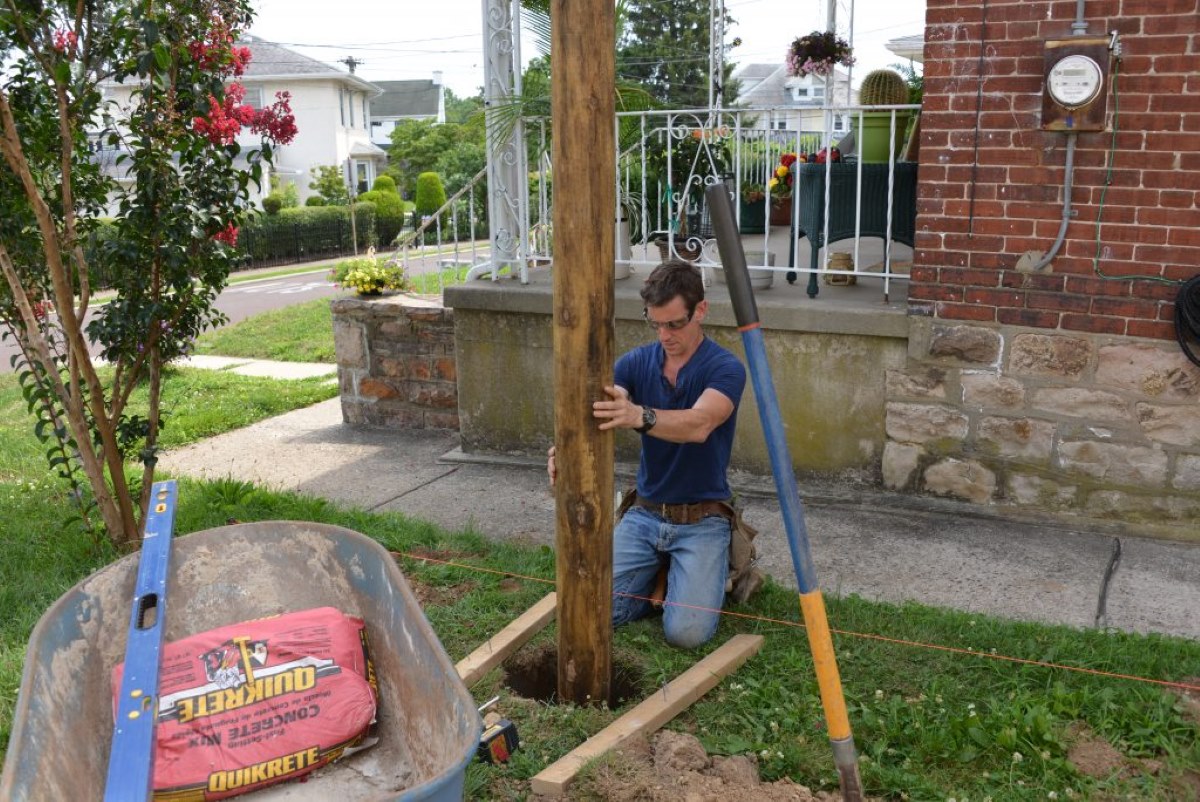
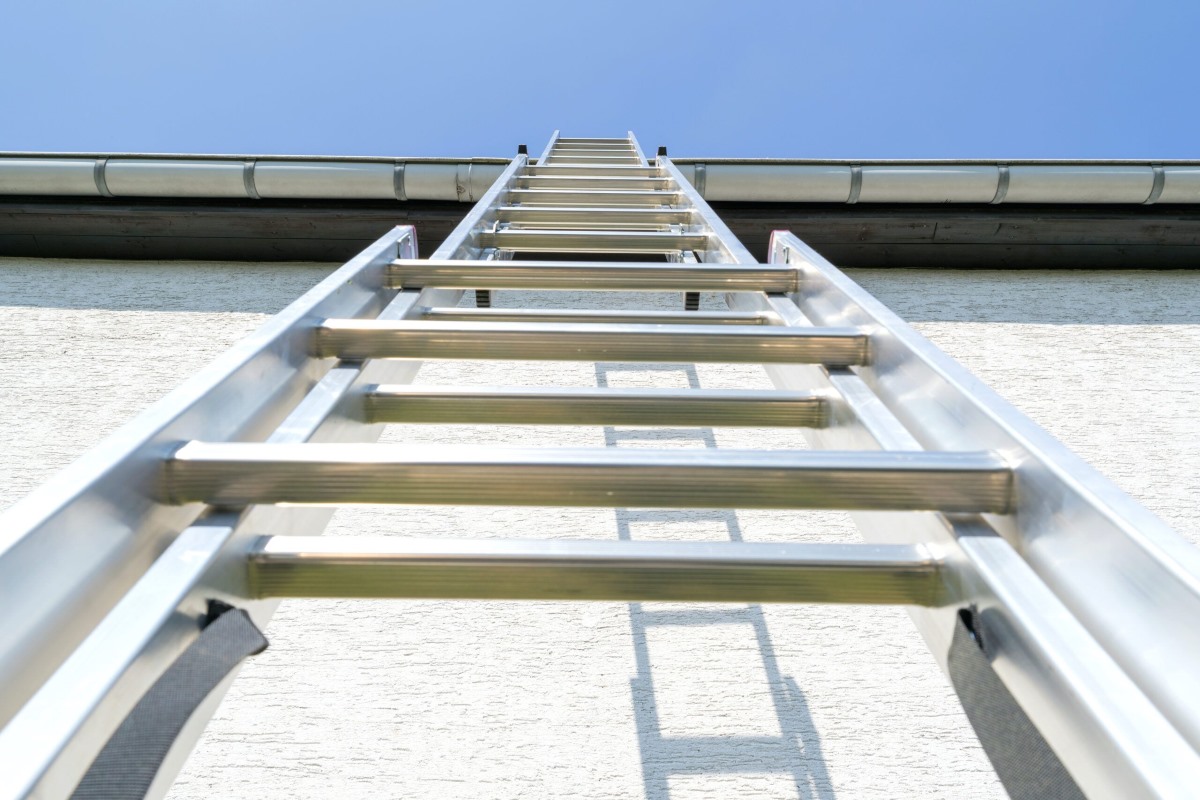
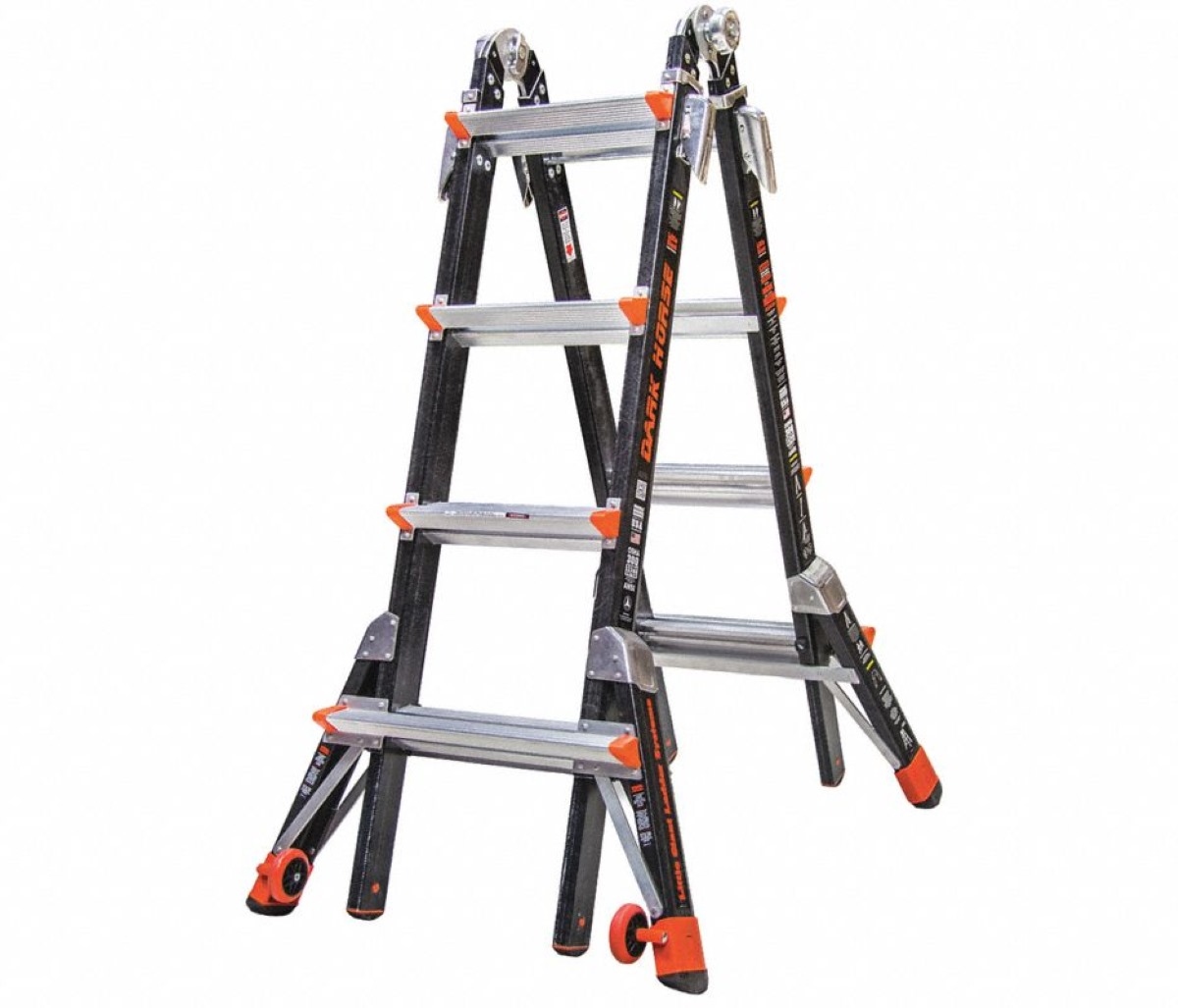
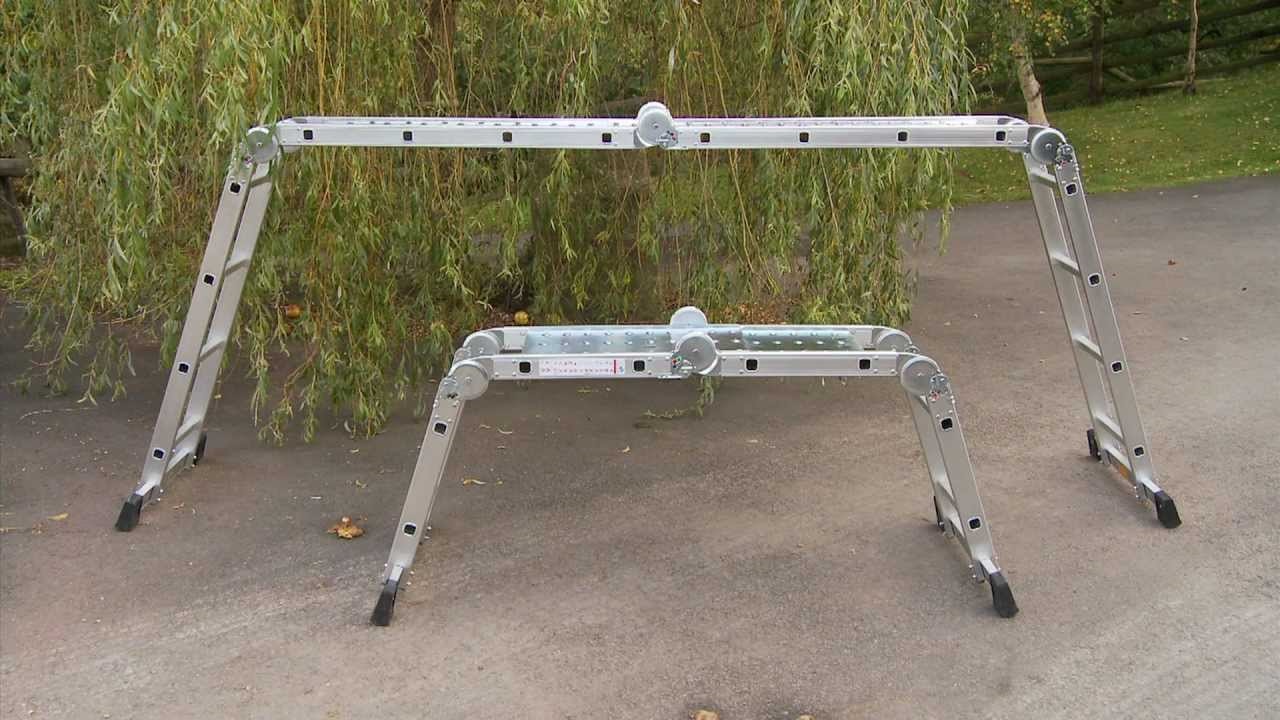
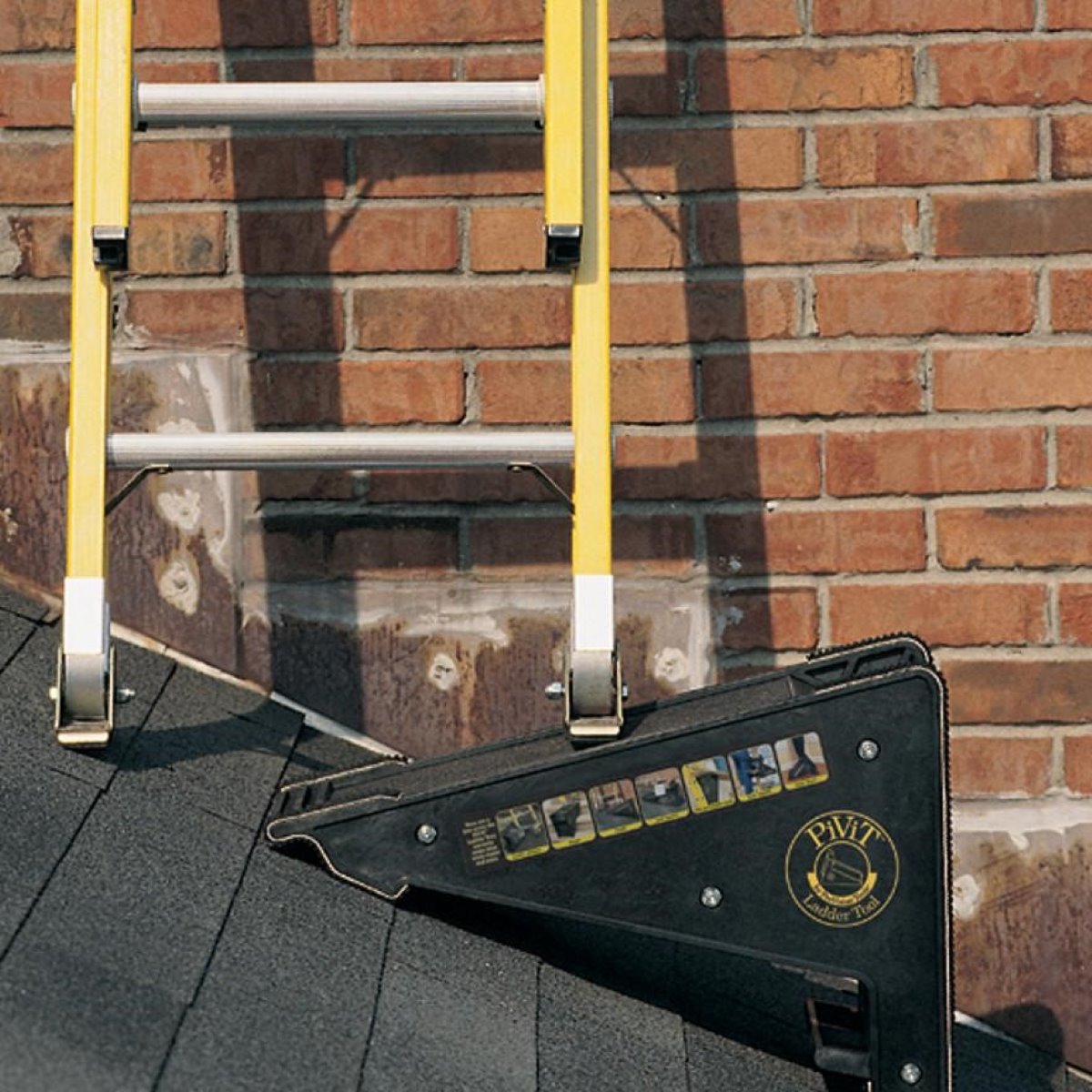

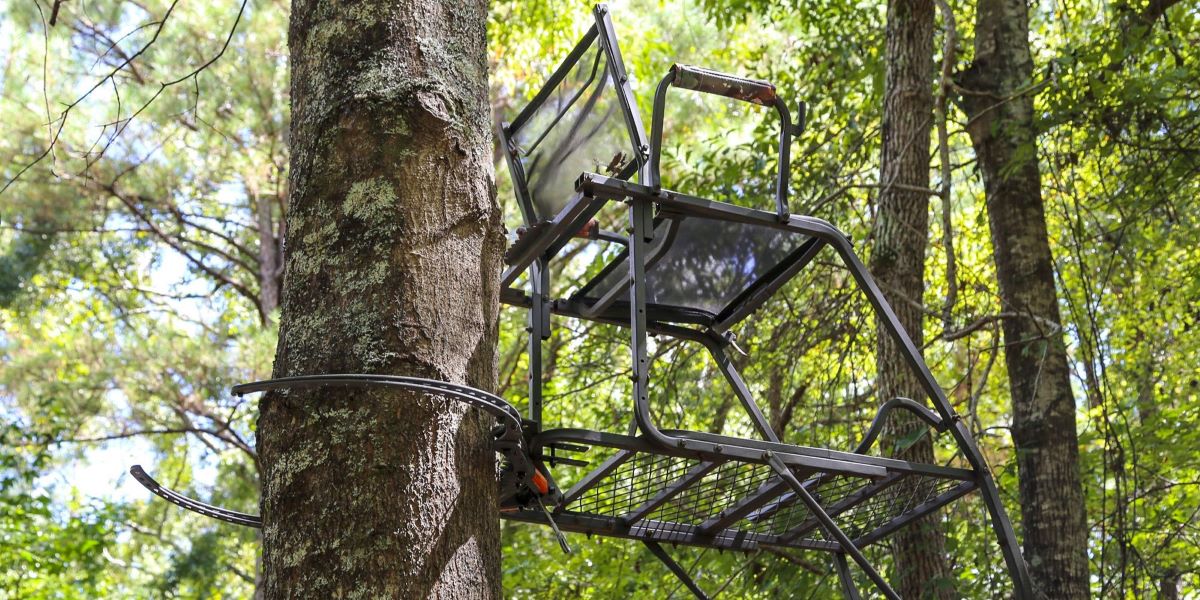
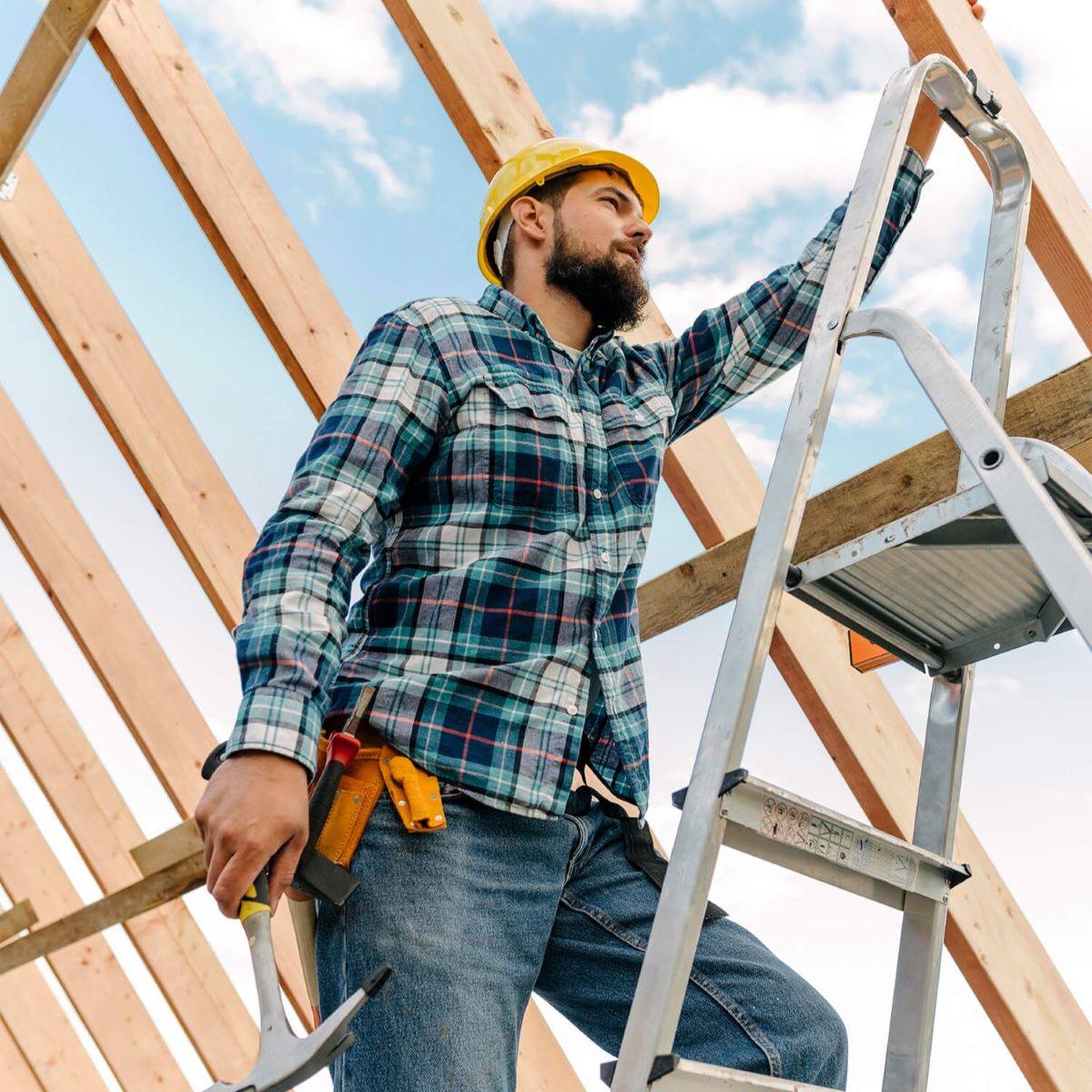
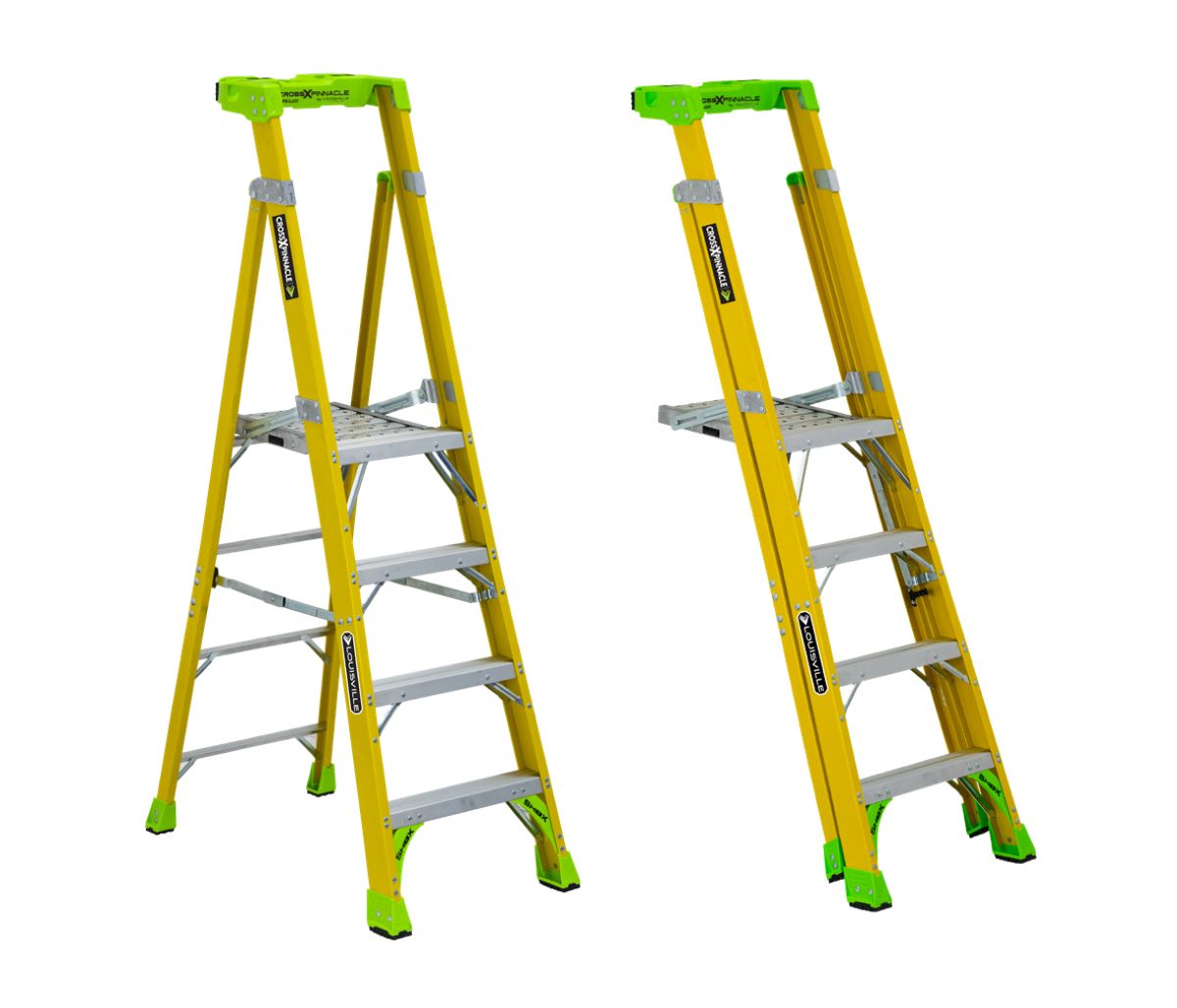
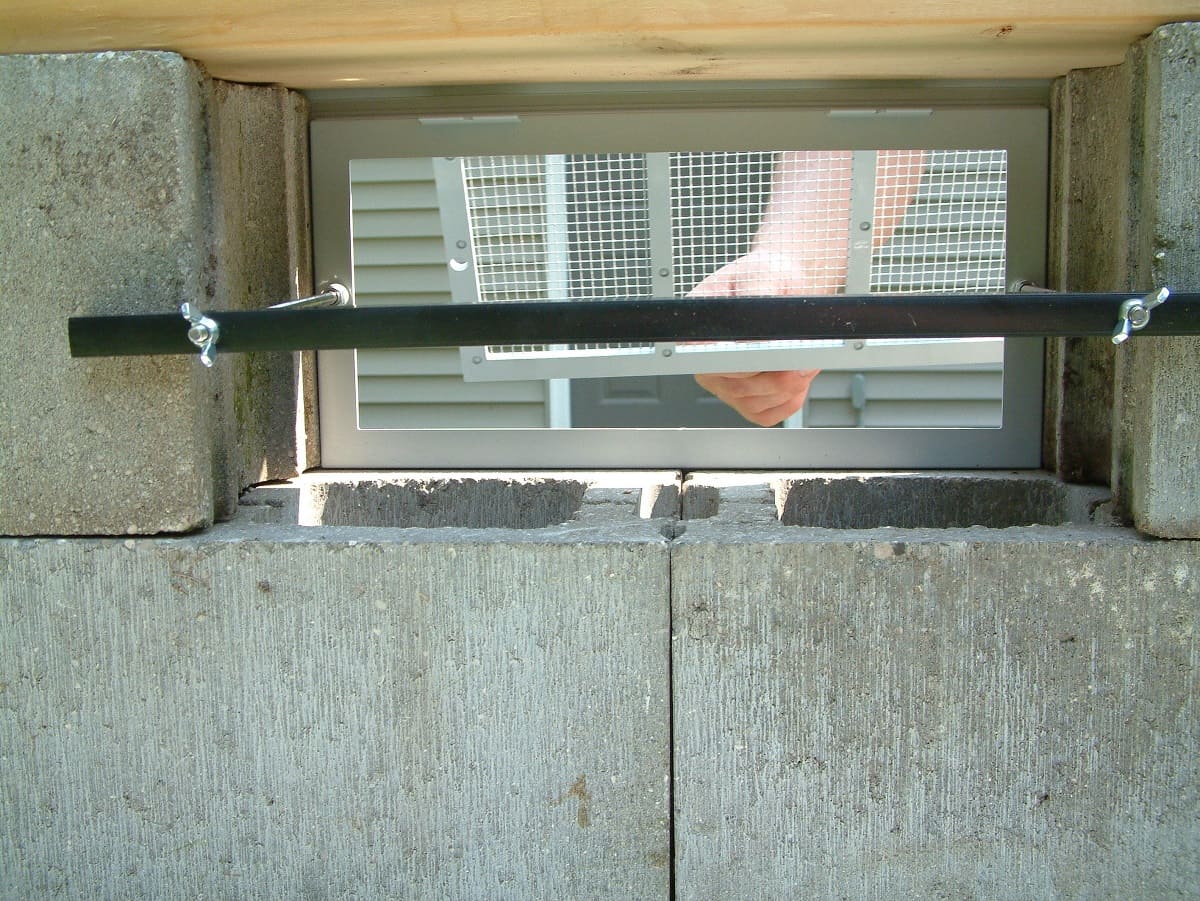
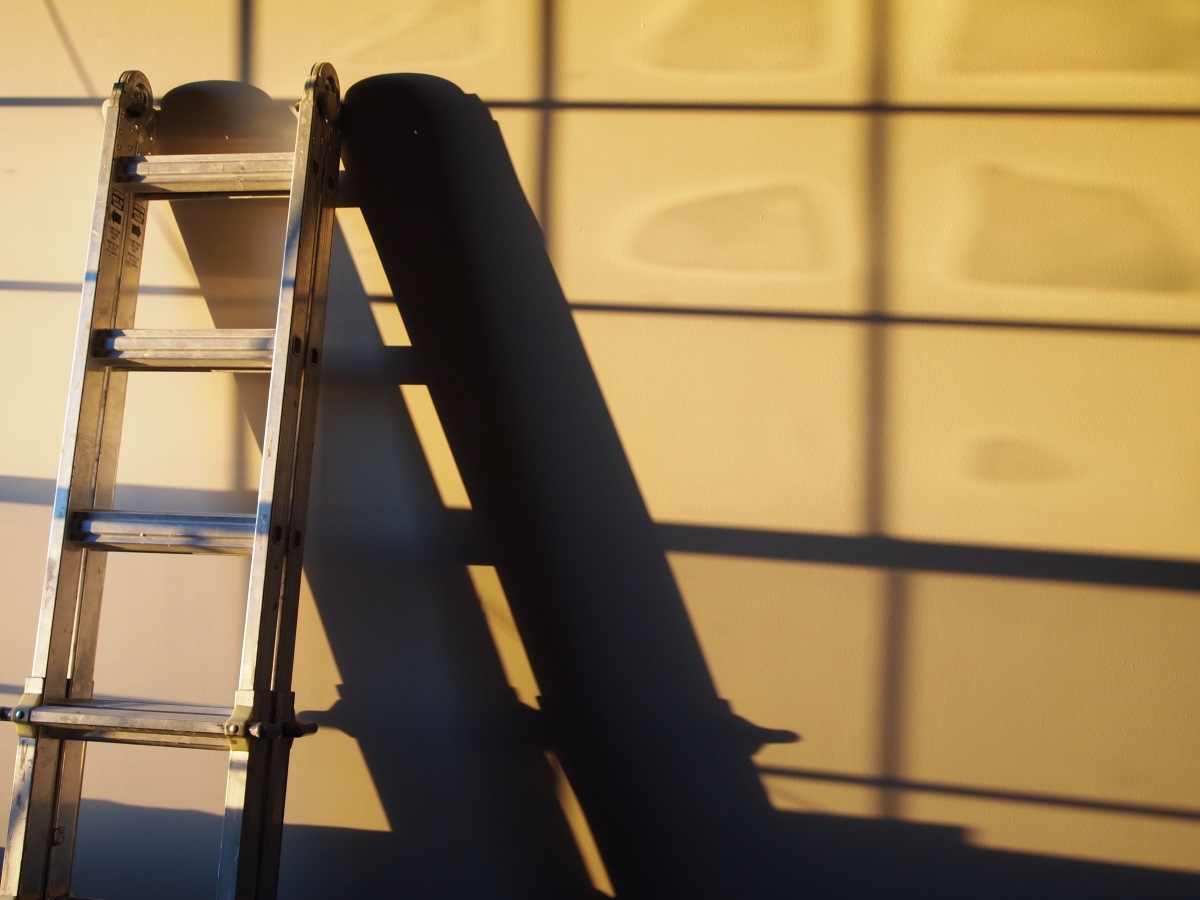
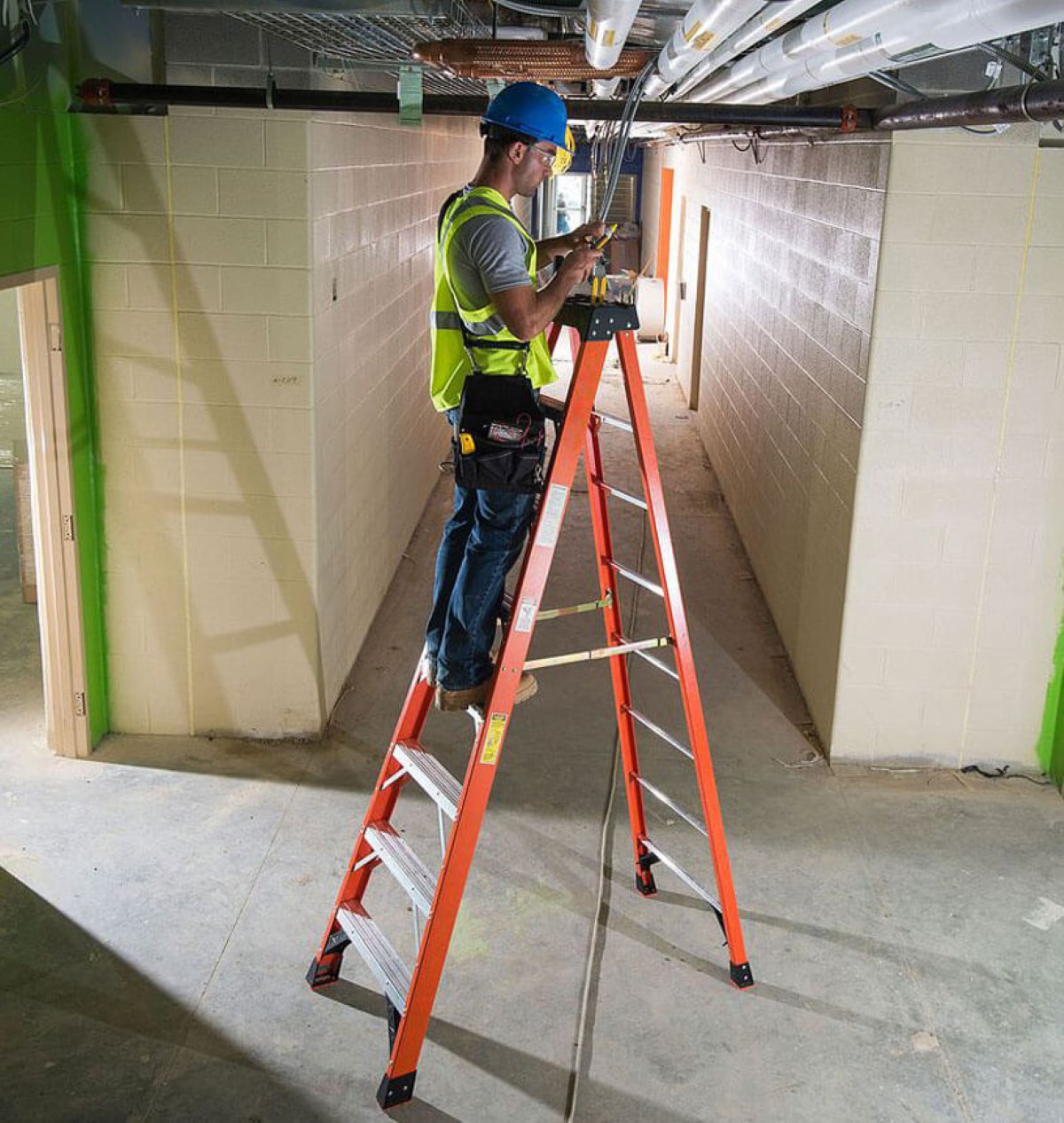
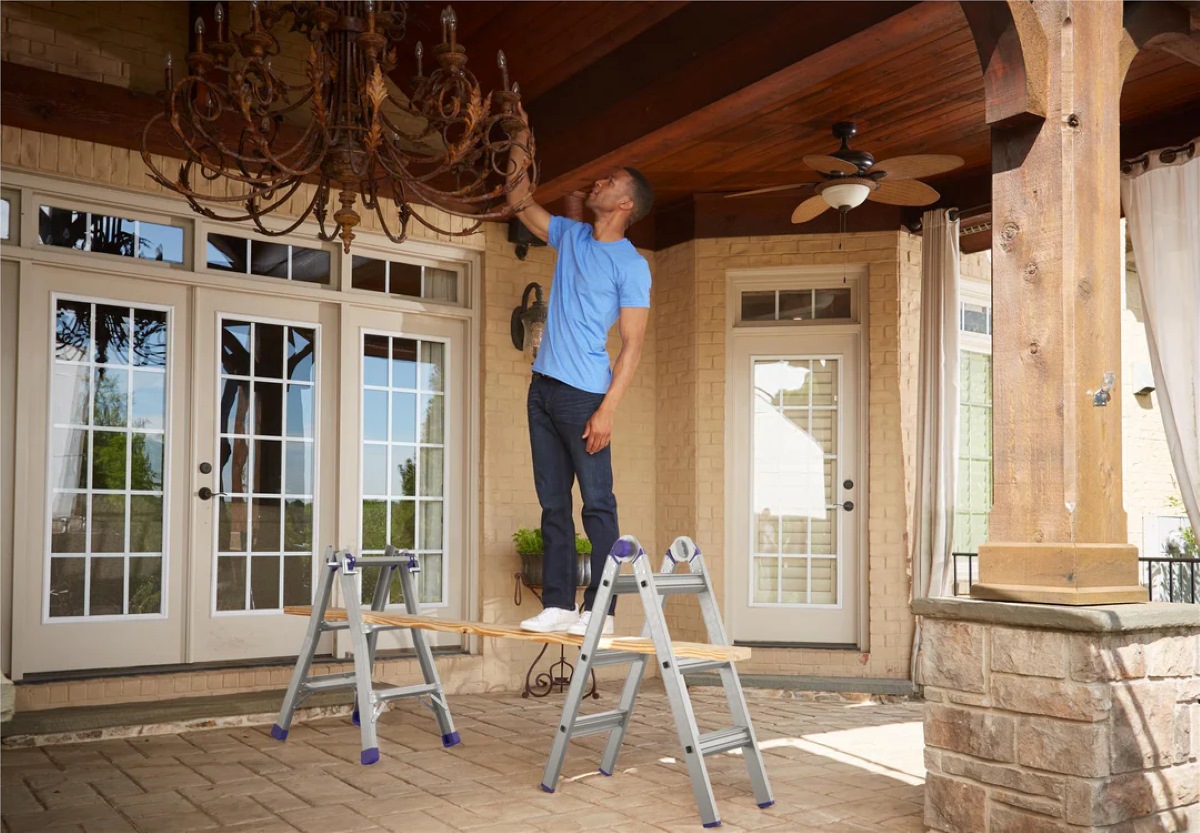

0 thoughts on “How Should Firefighters Space Themselves When Advancing An Uncharged Line Up A Ladder”